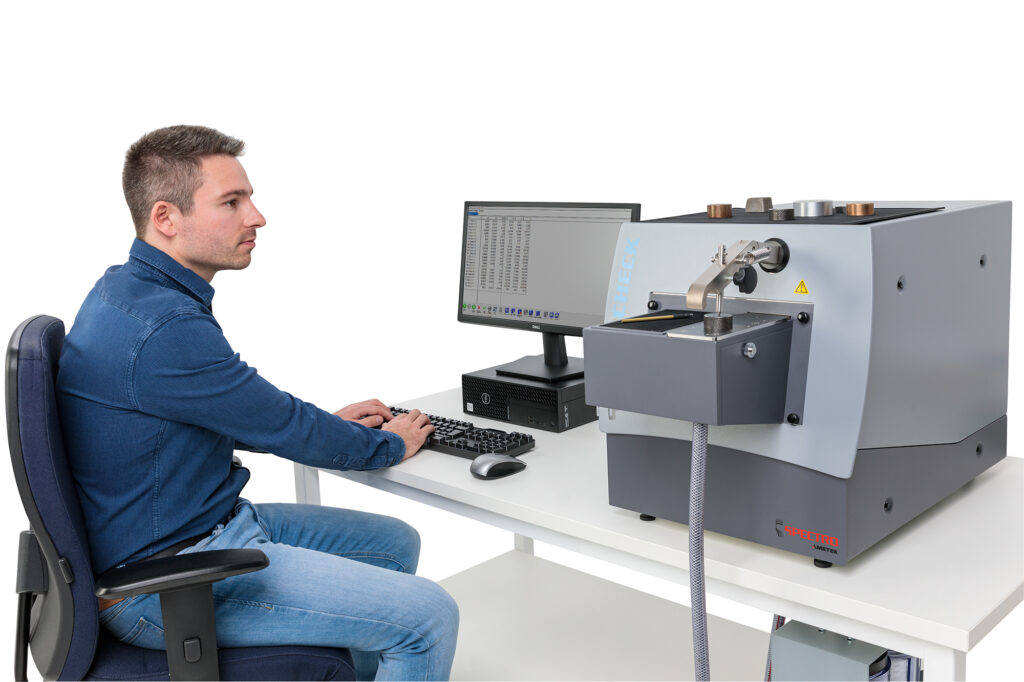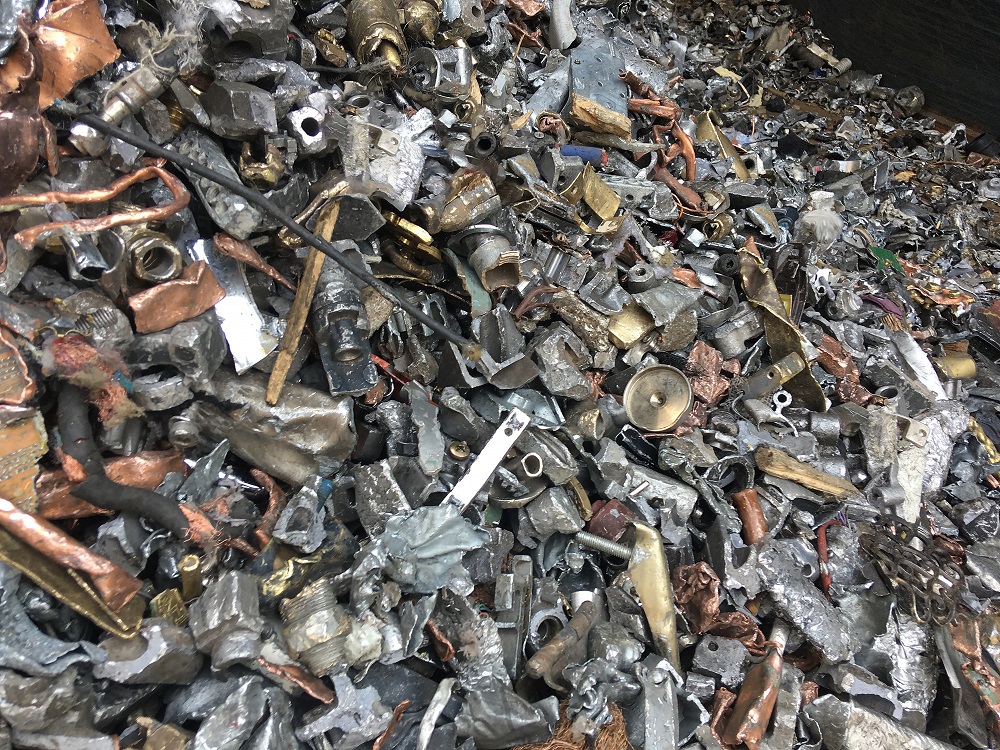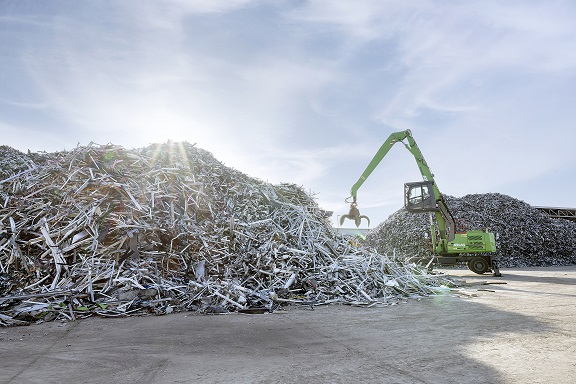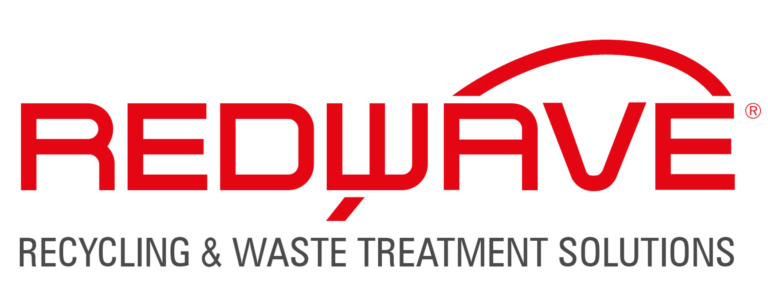Scrap metal companies are businesses that specialize in the collection, sorting, processing, and recycling of scrap metal. These companies work to conserve natural resources and reduce waste by collecting discarded metal objects and materials and turning them into new metal products.
Metal recycling companies turn trash into treasure by recycling scrap metal purchased from industrial manufacturers, railroads, auto salvage facilities, metal dealers, and individuals. The metal typically comes from obsolete machinery and equipment such as autos, railroad cars, railroad tracks, home appliances, and demolition metal from buildings and other outdated structures. By paying people for their scrap metal, these metal recycling companies help clean up the environment.
Scrap metal recycle center
A metal recycling center follows the following processing steps.
Collection
This is the first and most important step in industrial metal recycling, and it simply involves collecting all materials made of metals.
Sorting
Once the metals have been collected, the next important step is to sort the metals. Sorting involves separating metals from the mixed scrap metal stream or the multi-material waste stream. In automated recycling operations, magnets and sensors aid in material separation.
Processing
After sorting, the next step is to compact the metal to be handled on conveyor belts easier. Hammer mills then shred the metal into pieces.
Shredding
After crushing the metal, the shredding process starts. The metals are broken down into tiny pieces or sheets to further processing. The small segments have a large surface-to-volume ratio that can be melted using less energy than in large parts of metal.
Melting
Melting of the scrap metal takes place in a large furnace, and each metal is taken to a furnace specifically designed to melt that metal based on its specific properties. A considerable amount of energy is used in this step. Still, the energy required to melt and recycle metals is much less than the energy needed to produce metals using virgin raw materials.
Purification
Purification is done to guarantee the final product is of high quality and free of contaminants. One of the most common methods used for purification is Electrolysis.
Solidifying
After purification, melted metals are carried by the conveyor belt to cool and solidify the metals. In this stage, scrap metals are formed into specific shapes such as ingots, rods, billets, or slabs, depending upon their intended purpose. Alternatively, metals may be pulverized into a powder or transported in liquid form to a manufacturing facility, where they are used to create new products.

























